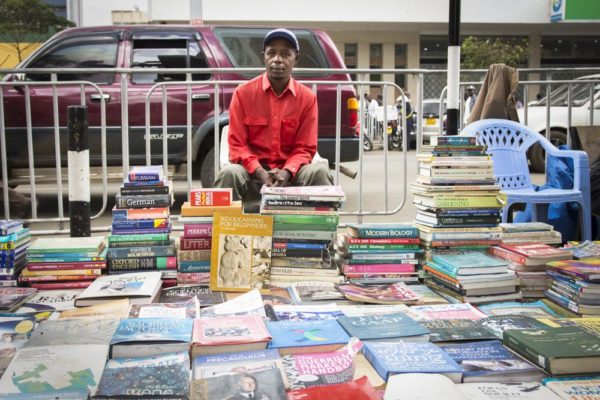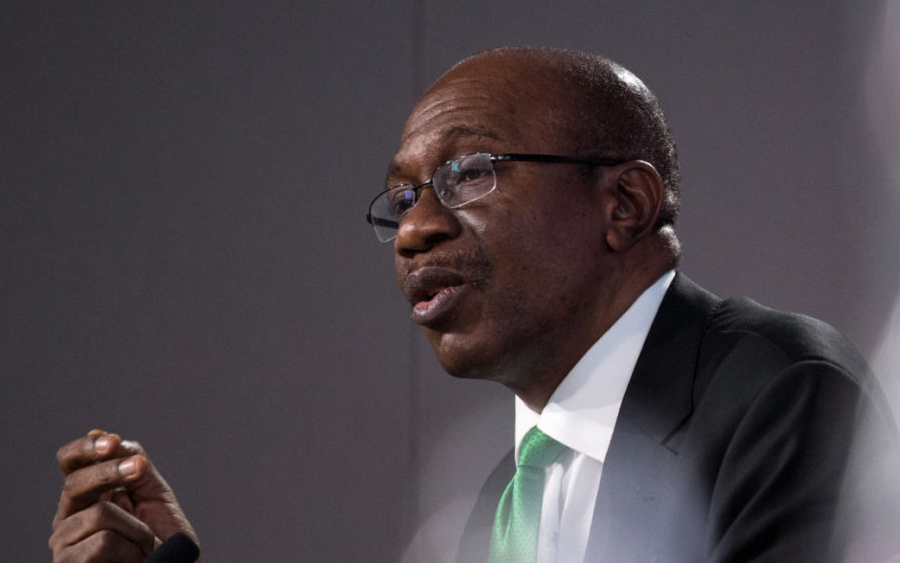More facts have emerged on why Procter and Gamble Nigeria Plc shut its $300 million manufacturing plant in Agbara, Ogun State.
The plant which is the single largest non-oil investment of the United States in the country was officially opened by Vice-President Yemi Osinbajo.
In an e-mail response to Nairametrics inquiry, P&G confirmed it is exiting its Agbara plant as part of its restructuring exercise in its Nigeria Operations, contrary to our earlier report that the closure was due to stiff competition.
“P&G is restructuring its Nigeria manufacturing operations to deliver a more effective business operation for now and sustainably for the future. This will entail an exit from production in its Agbara plant. We will strengthen our manufacturing operations in the Ibadan plant, scale up our contract manufacturing operations as well as continue to invest in our local talents.”
The company also maintained that it believes in “Nigeria’s potential and are here to stay for the long haul developing our Nigerian talent, manufacturing operations in the Ibadan plant, scale up our contract manufacturing operations as well as continue to invest in our local talents.”
The Harsh Economic Landscape
The leading consumer goods shutdown due to the high cost of production caused by several factors these include an accumulation of the import duties payable on 75 percent of imported raw materials, the company still depends on foreign-sourced raw materials for its production, also the high cost of power generation also impacted negatively on the bottom line of the company.
Attempts by the company for a waiver from revenue agencies such as the Nigerian Customs Service did not materialise.
Recall that Procter & Gamble Agbara Plant was officially opened in 2014 and a new production line opened commissioned in 2017 by the Vice President, Professor Yemi Osinbajo. P&G spent a whopping sum of $300 million to construct it at the time, the largest single US investment by a company in the country. The state of the art production plant sits on some 40.2 hectares of land.
Sources also suggest the company faced significant challenges with the state of the art facility that is installed in the plant. From having to provide their own independent power supply to quality control issues due to challenges in importing raw materials, production became sub-optimal and nowhere close to the standards espoused by the company. Other challenges include lack of quality access road for effective distribution of their products from plant to warehouses reducing investory turnovers.
Stiff Competition in the consumer goods sector
Though P&G will not admit, one of the major challenges facing players in the consumer goods sector, particularly diapers and sanitary towel is a stiff competition in the market. There are currently more than a dozen brands of diapers and sanitary pads in the country, including Pampers, Molfix, Always, Nice Baby, Angel, Dry Love, Huggies, etc.
A research into the prevailing competition in the pampers industry shows that Hayat Kimya Group, makers of Molfix, is leading the market with a 44% market share.
Procter & Gamble came in second with a 37.3% market share, with the rest of the brands were, however, relegated to a little corner in the market where they now share 18.4% market share.
Much like P&G, Hayat Kimya Group last commissioned a $100 million production plant in Agbara which still operates. Now in view of P&G’s impending divestment moves, Hayat Kimya Group is at a greater advantage of taking over a greater position of the market share.
Procter & Gamble is a multinational company with operations in at least 180 countries around the world. Its fast and moving (FMCG) products include Always Sanitary Pads, Pampers Baby Diapers, Gillette Shaving Stick, Ariel Detergent, and Oral B Toothpaste.
Note: This article was updated to relfect new information.























